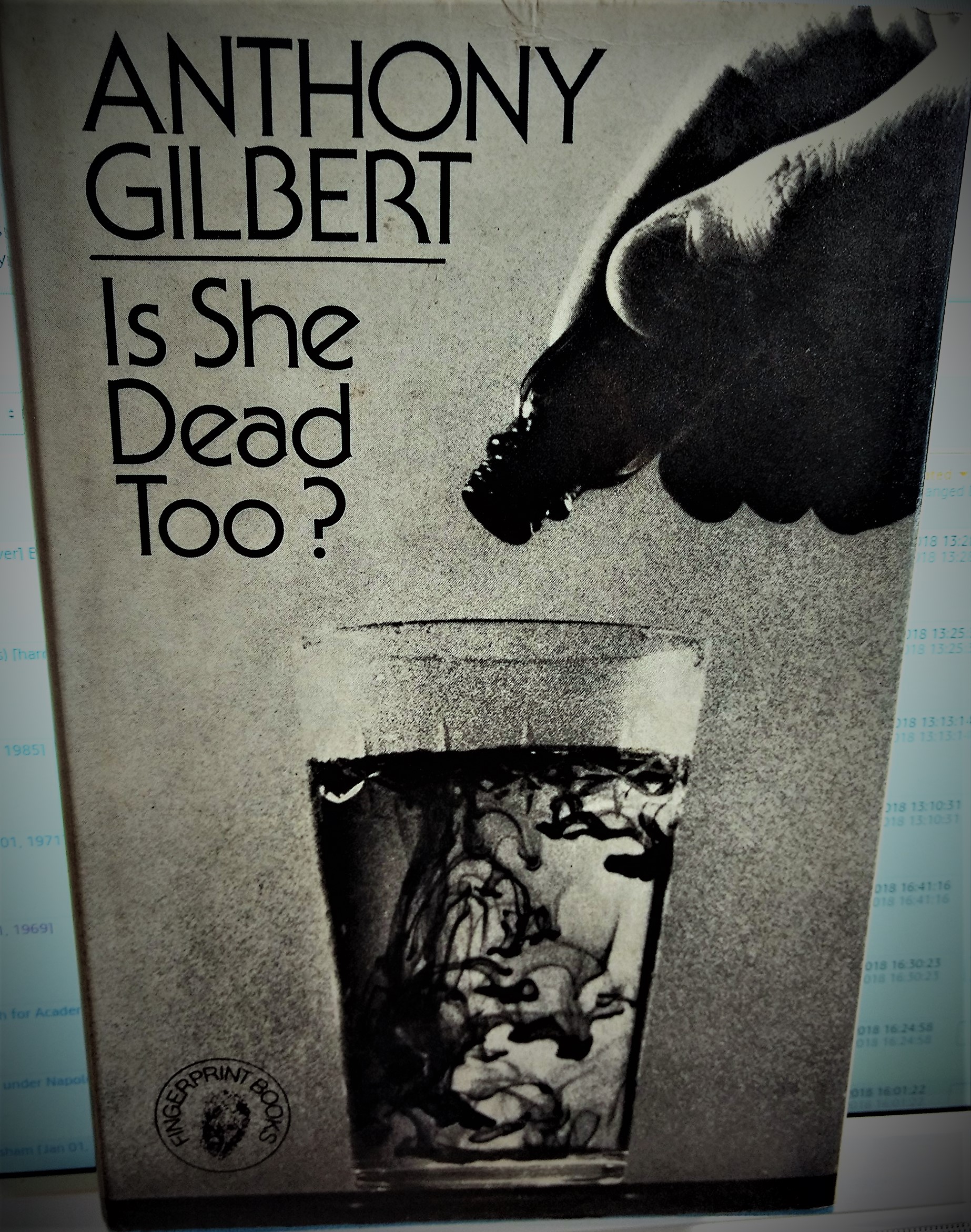
Part of Series
A Little Murder Goes a Long Way The first Mrs. Poulden died—under strange circumstances. Then the woman who expected to be the second Mrs. Poulden died—under even stranger circumstances. An innocent child and a lovely young girl still stood in the distinguished Mr. Poulden's way. It was lovely young 18-year-old Margaret Reeve who told Arthur Crook about the strange happenings in the Poulden household. Edwin Poulden, druggist in a small English village, lost his wife very suddenly following a bilious attack after a meal of mushrooms. Six months after that dreadful occurrence, Blanche Bannerman, an elderly paying guest in the Poulden home, took sick and, in Poulden's words, was "unconscious." But young Patsy, Poulden's ward, overheard him talking to Miss Bannerman about terms he could not meet. That same night, when Margaret stopped in Miss Bannerman's room to see how she was feeling, Patsy's pet cat came tearing out of the room. A little while later Miss Bannerman was found lying dead on the floor. The inquest established Miss Bannerman's death as the combined effect of a terrible scare from the cat that she detested and a concussion caused by a fall. But two sudden deaths in the Poulden household in the space of six months seemed too coincidental to the sleuthing genius of free-wheeling lawyer/detective Arthur Crook. Things got far beyond what he thought was in store for him when, in his little red sports car, affectionately called "The Scourge," he decided to find out if this might be a question of murder. When Crook stepped into the case, he found himself racing against time on a dark, windswept cliff. And all roads led to death! "Crook is as wonderful as ever!" ~San Francisco Chronicle
Author

Anthony Gilbert was the pen name of Lucy Malleson an English crime writer. She also wrote non-genre fiction as Anne Meredith , under which name she also published one crime novel. She also wrote an autobiography under the Meredith name, Three-a-Penny (1940). Her parents wanted her to be a schoolteacher but she was determined to become a writer. Her first mystery novel followed a visit to the theatre when she saw The Cat and the Canary then, Tragedy at Freyne, featuring Scott Egerton who later appeared in 10 novels, was published in 1927. She adopted the pseudonym Anthony Gilbert to publish detective novels which achieved great success and made her a name in British detective literature, although many of her readers had always believed that they were reading a male author. She went on to publish 69 crime novels, 51 of which featured her best known character, Arthur Crook. She also wrote more than 25 radio plays, which were broadcast in Great Britain and overseas. Crook is a vulgar London lawyer totally (and deliberately) unlike the aristocratic detectives who dominated the mystery field when Gilbert introduced him, such as Lord Peter Wimsey. Instead of dispassionately analyzing a case, he usually enters it after seemingly damning evidence has built up against his client, then conducts a no-holds-barred investigation of doubtful ethicality to clear him or her. The first Crook novel, Murder by Experts, was published in 1936 and was immediately popular. The last Crook novel, A Nice Little Killing, was published in 1974. Her thriller The Woman in Red (1941) was broadcast in the United States by CBS and made into a film in 1945 under the title My Name is Julia Ross. She never married, and evidence of her feminism is elegantly expressed in much of her work.


